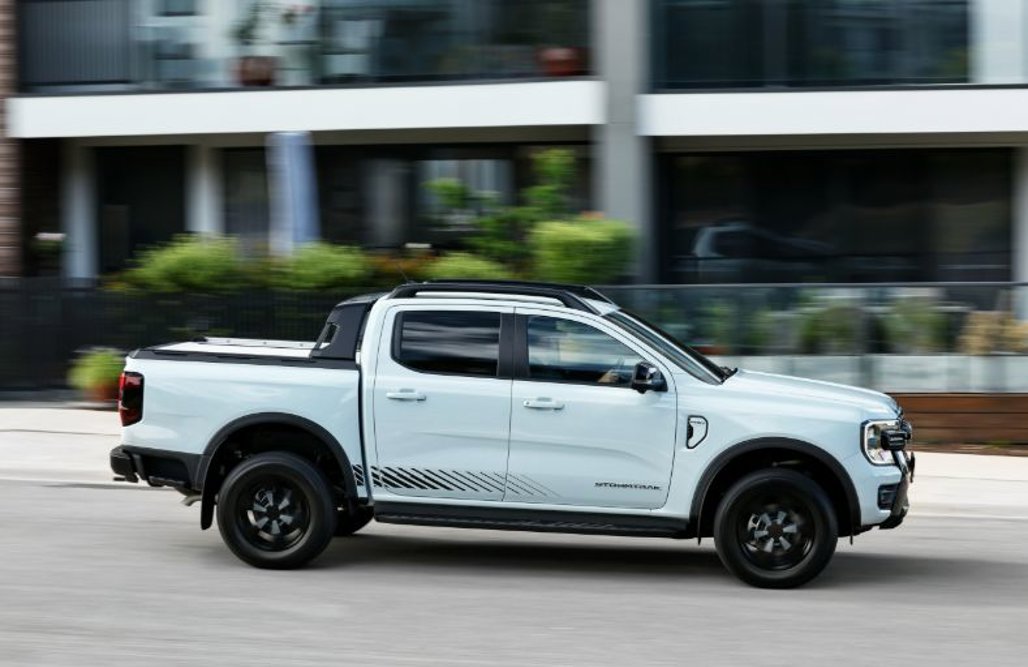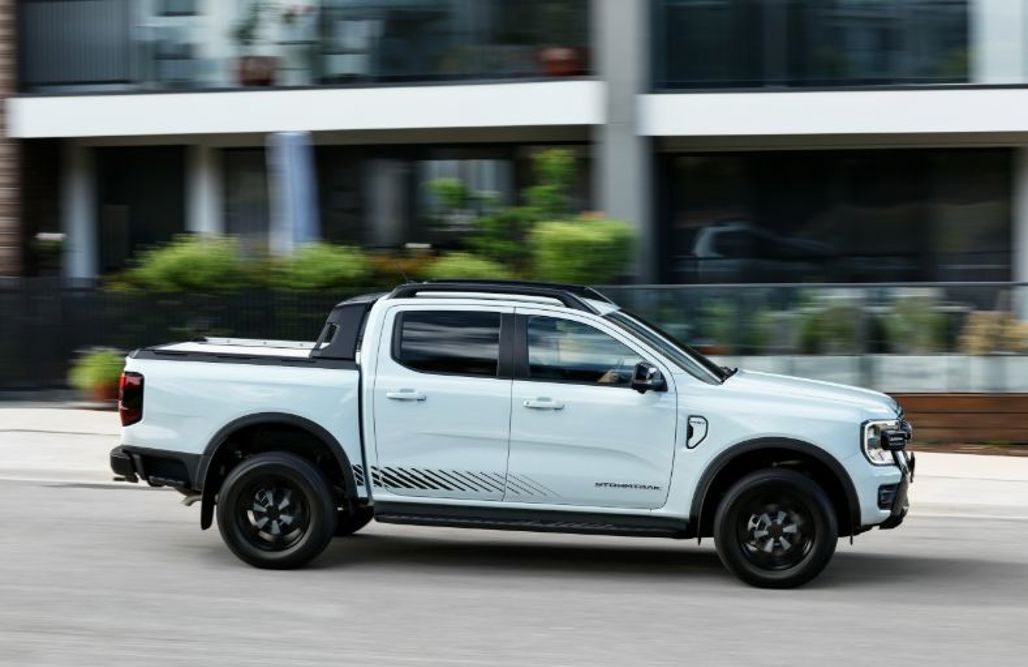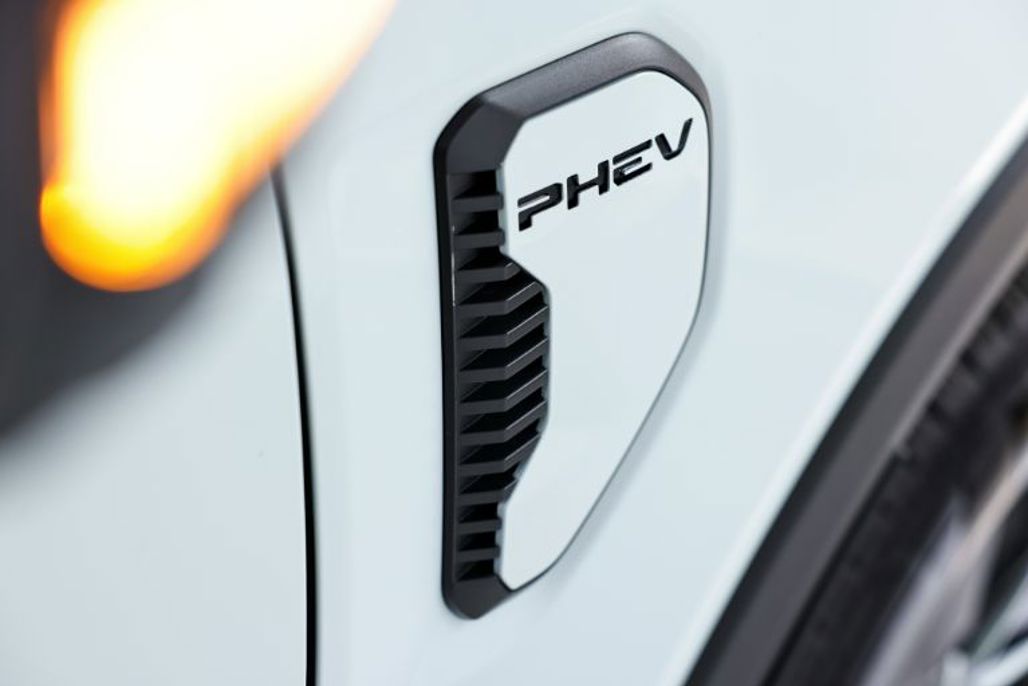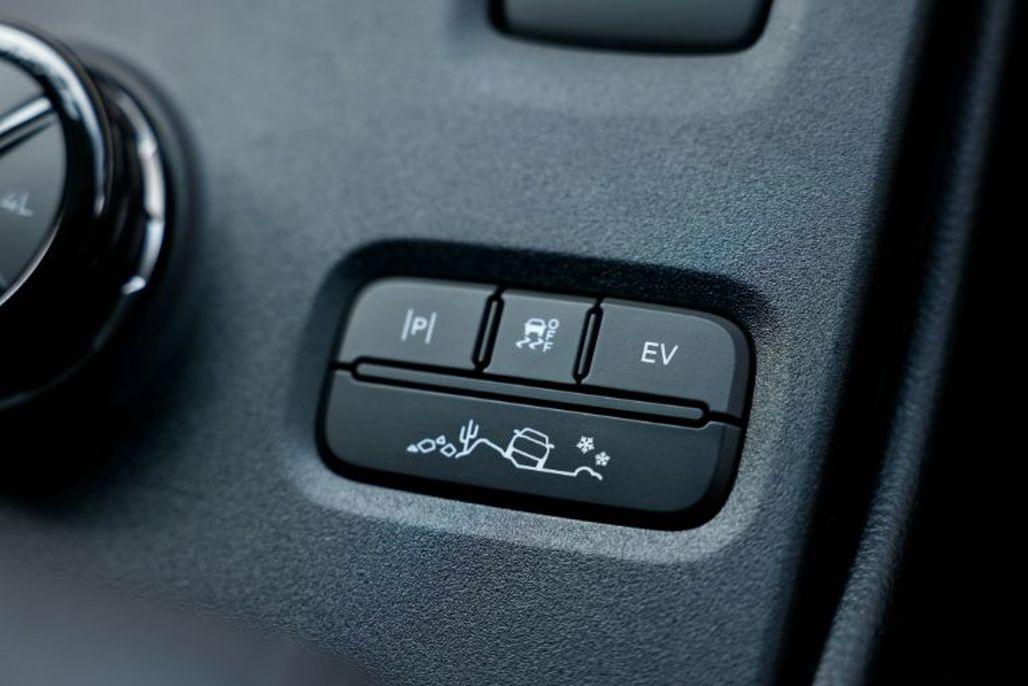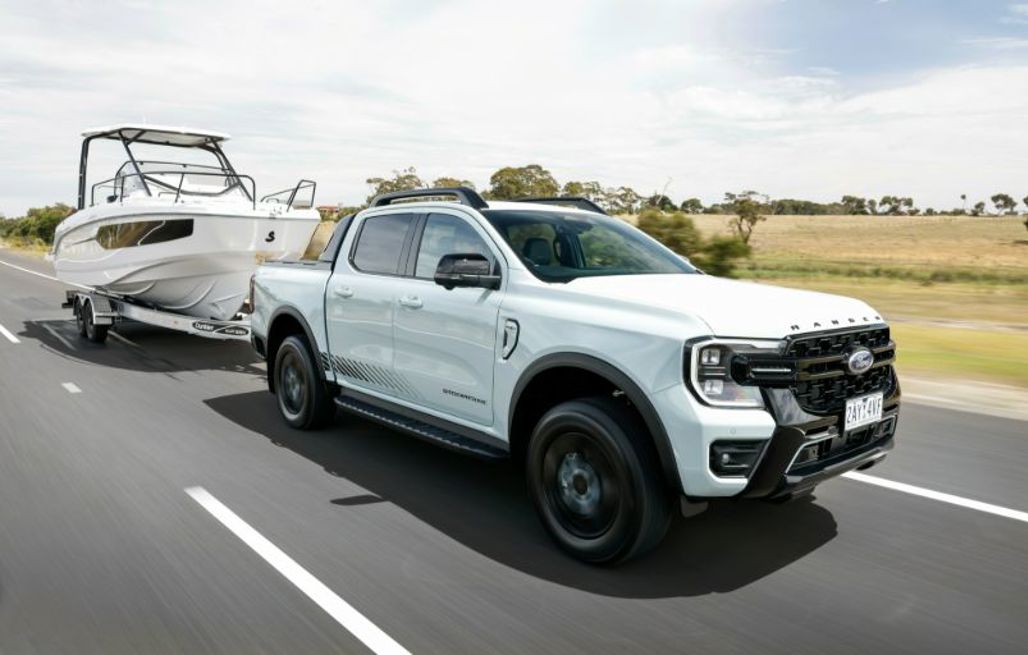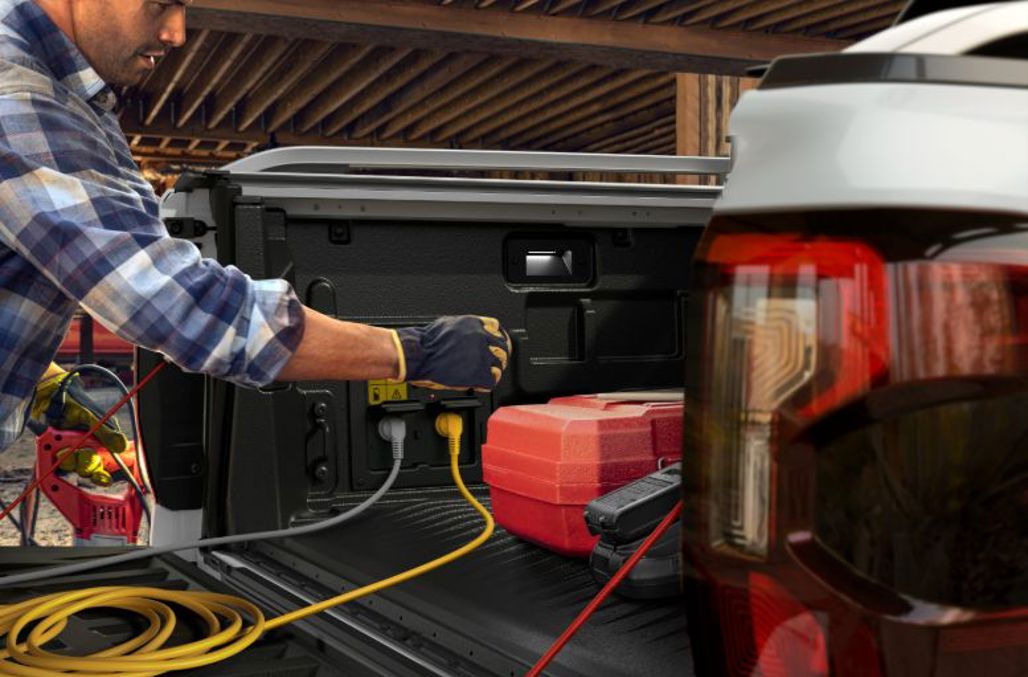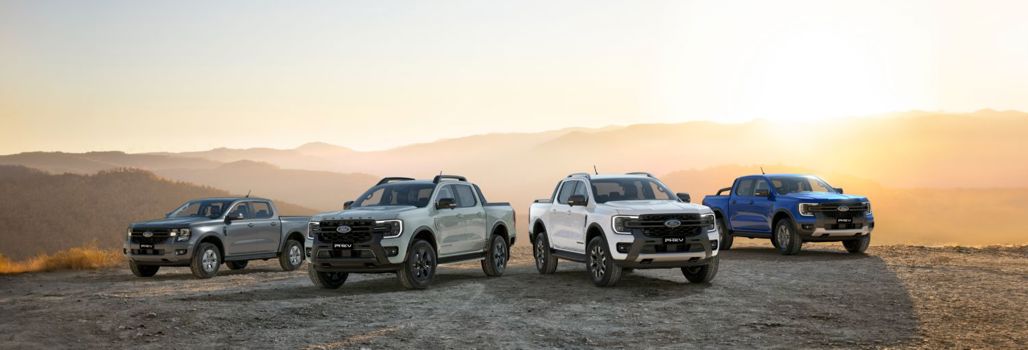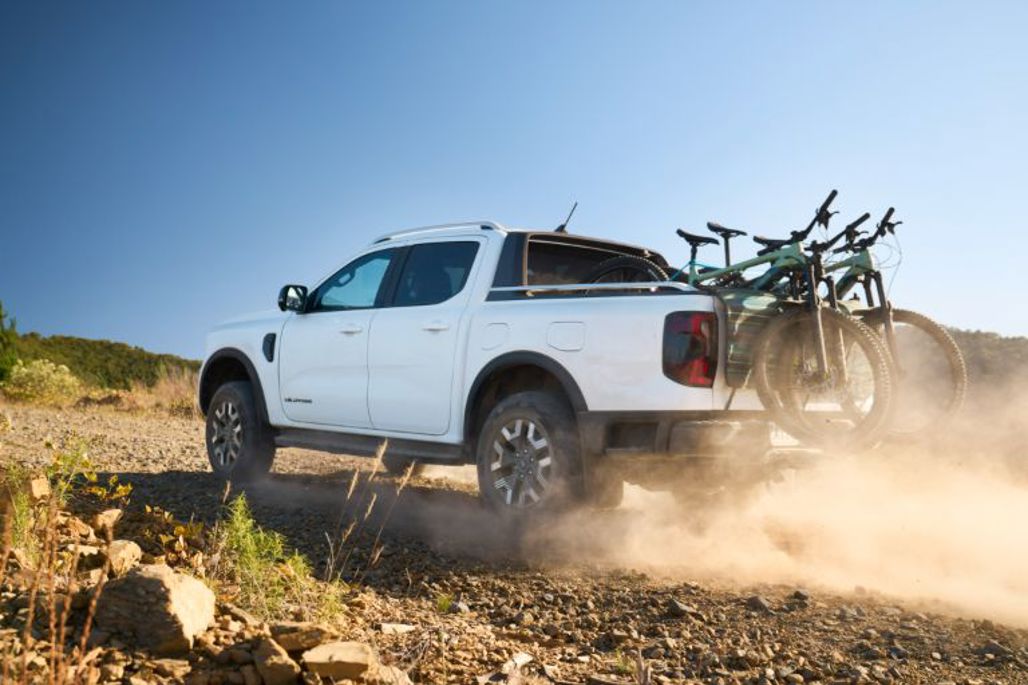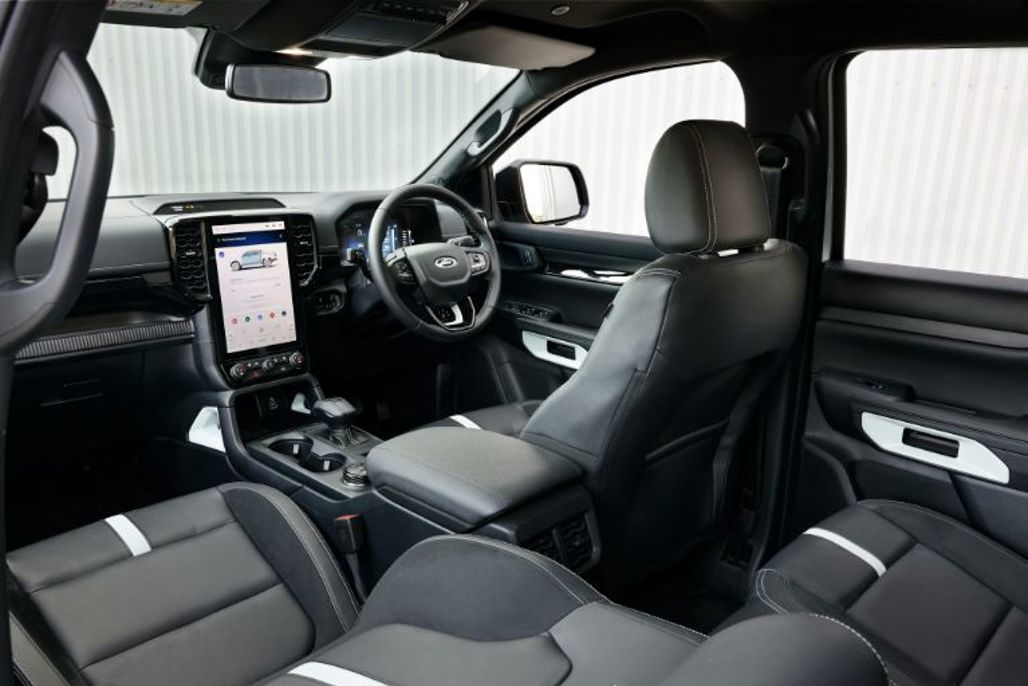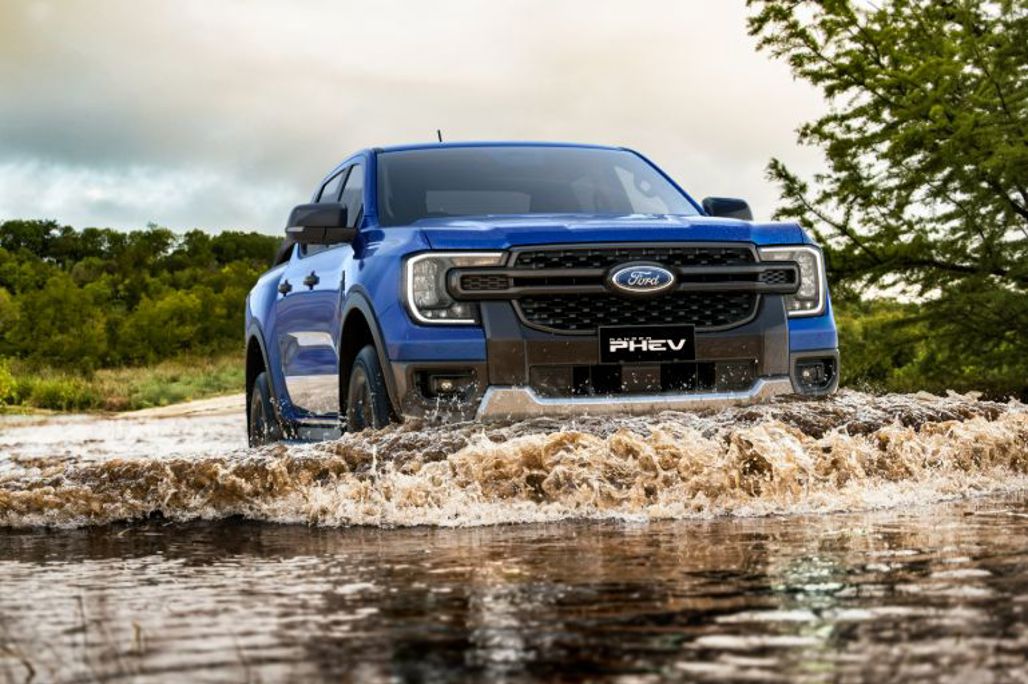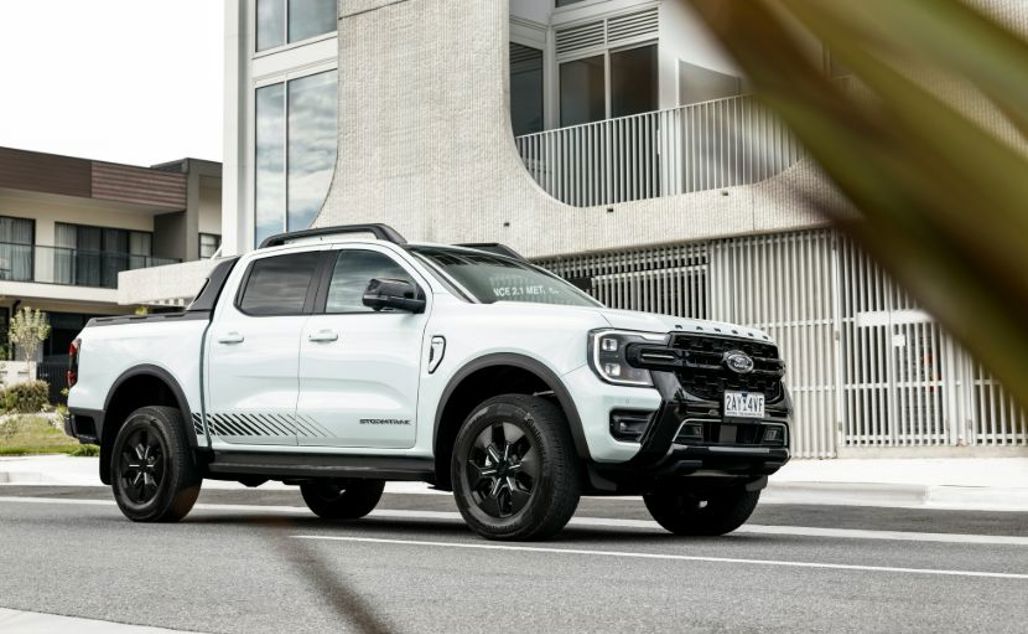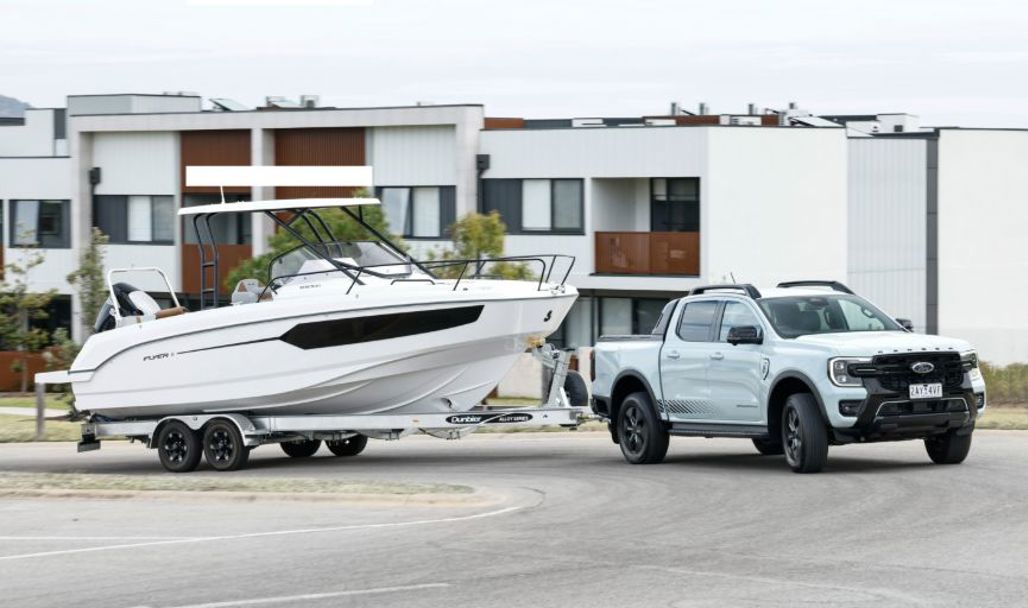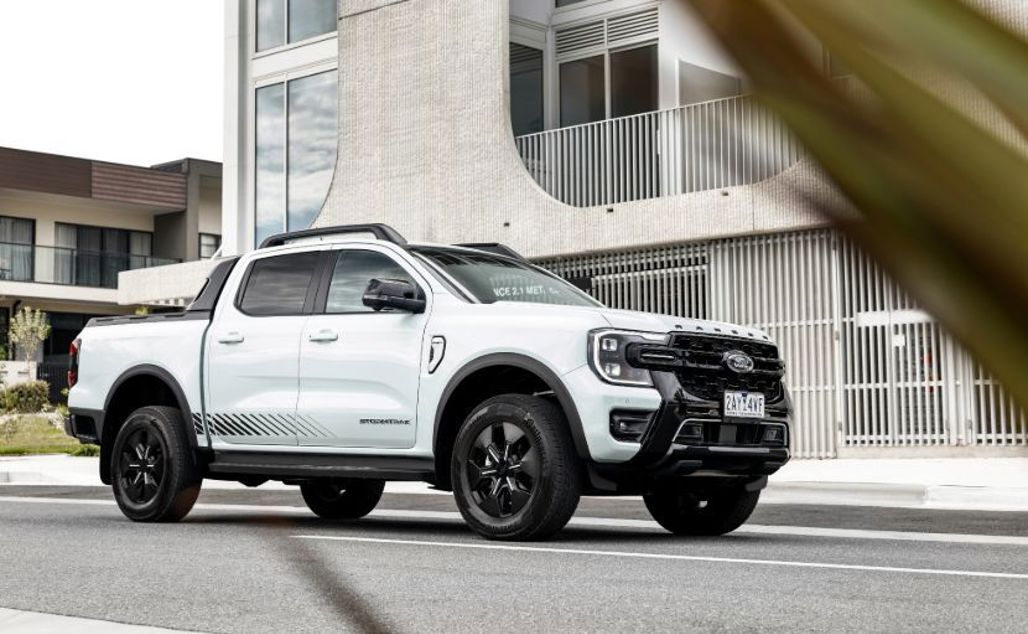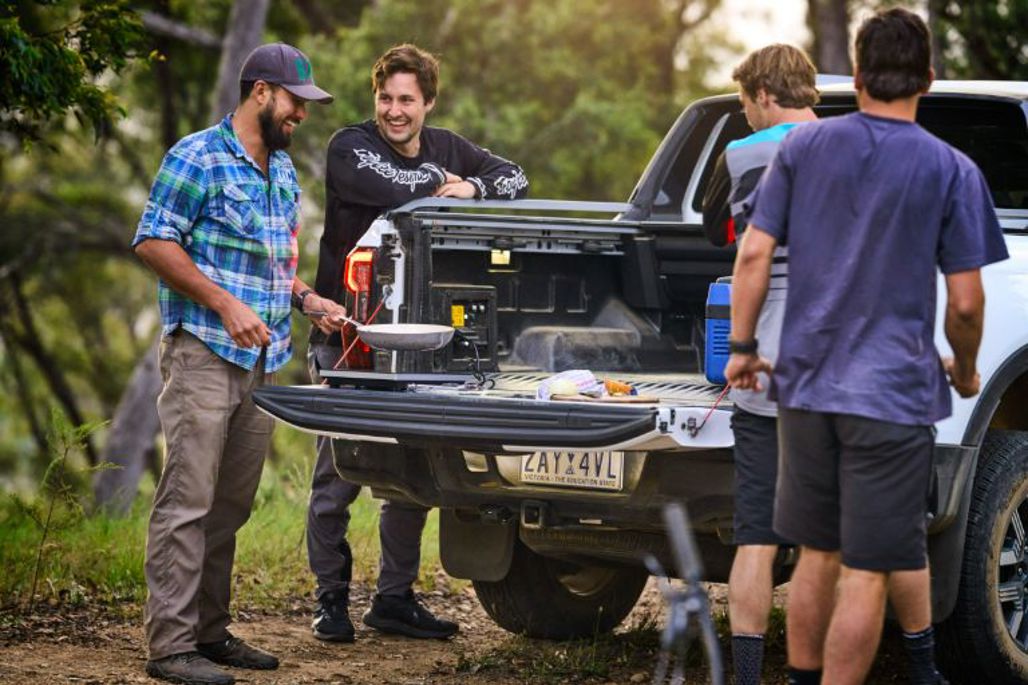- Connected-car info from 10,000 owners used for Ranger PHEV development.
- Ford claims no compromise in 4x4 and tow-ability with plug-in model.
- Average Ranger daily trip is just 40km, according to data.
Ford is sticking to its guns on the decision to give the new Ranger plug-in hybrid vehicle (PHEV) a modest 11.8kWh battery and 43km EV range, in the face of Chinese ute-rivals such as the BYD Shark (29.58kWh) and GWM Cannon Alpha PHEV (37.1kWh), which offer up to 115km.
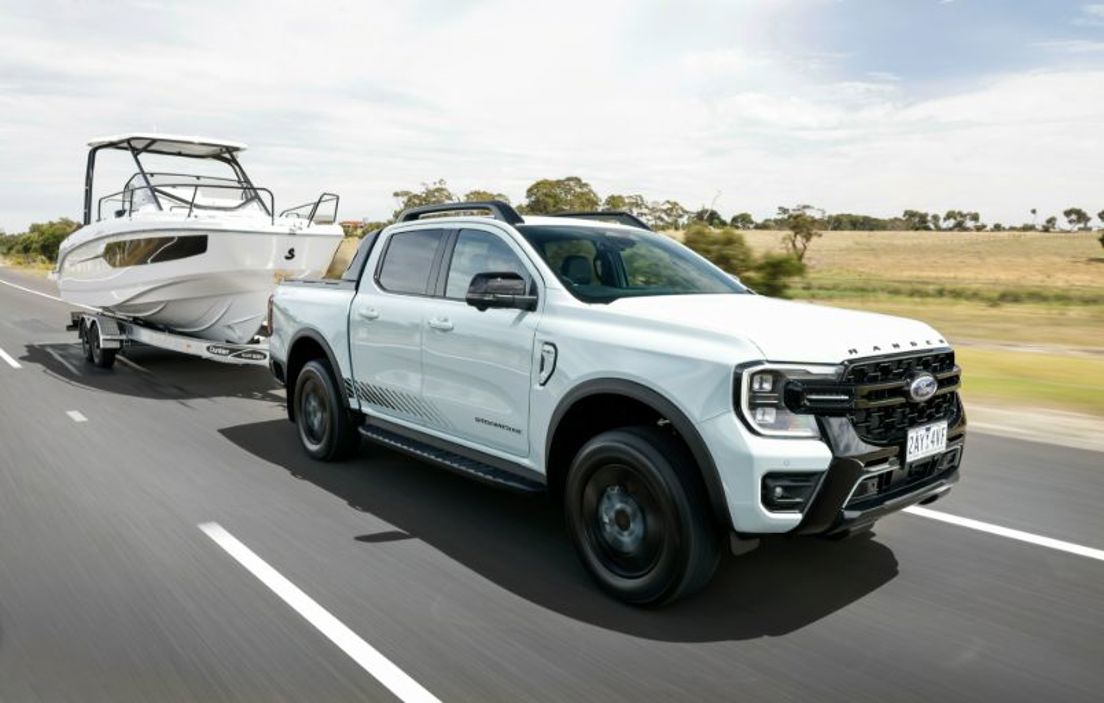
Ford says the size of battery and hybrid system were both dictated by the requirement to offer a package with the same 4x4 and utility capabilties as any other Ranger.
"This is our no-compromise solution, our sweet spot," says Natalie Manariti, director for Ford Global Trucks International Markets Group (IMG). "We're delivering on the need for zero-emissions, but we didn't want to lose that capability."
Ford says it used a wealth of connected-car data from customer Rangers to help it develop the technical package for the Ranger PHEV. From 10,000 vehicles and 5 million journeys, it ascertained that 59% of users engage 4A (the fully automatic AWD system offered on V6 and some 4-cylinder models), 45% engage 4H for off-tarmac driving and 11% 4L for serious off-roading, 45% use the locking rear differential, and 80% tow. Of those 80%, 30% log "heavy tow journeys".
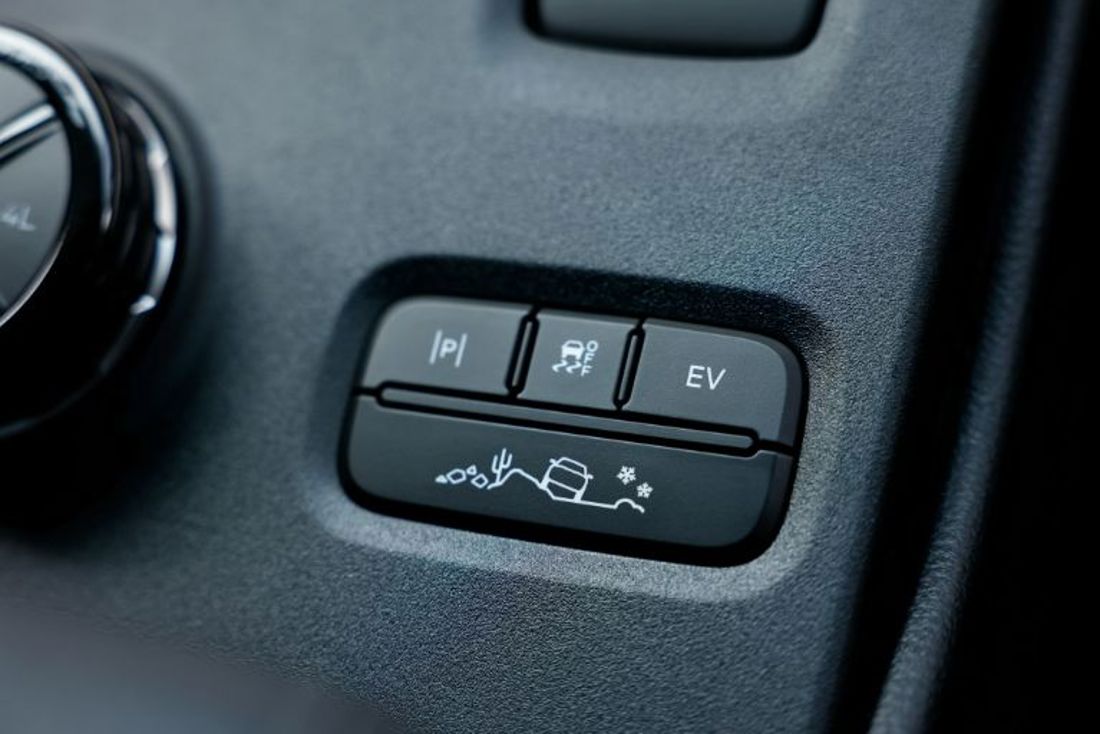
Global user data also shows that the average daily journey for Ranger drivers is just 40km.
"It's a balance between packaging in the vehicle, not compromising the off-road ability, the use of the tray and the spare wheel located under the battery at the back," says chief engineer Phil Millar. "The key brief was to not compromise the capability of the Ranger".
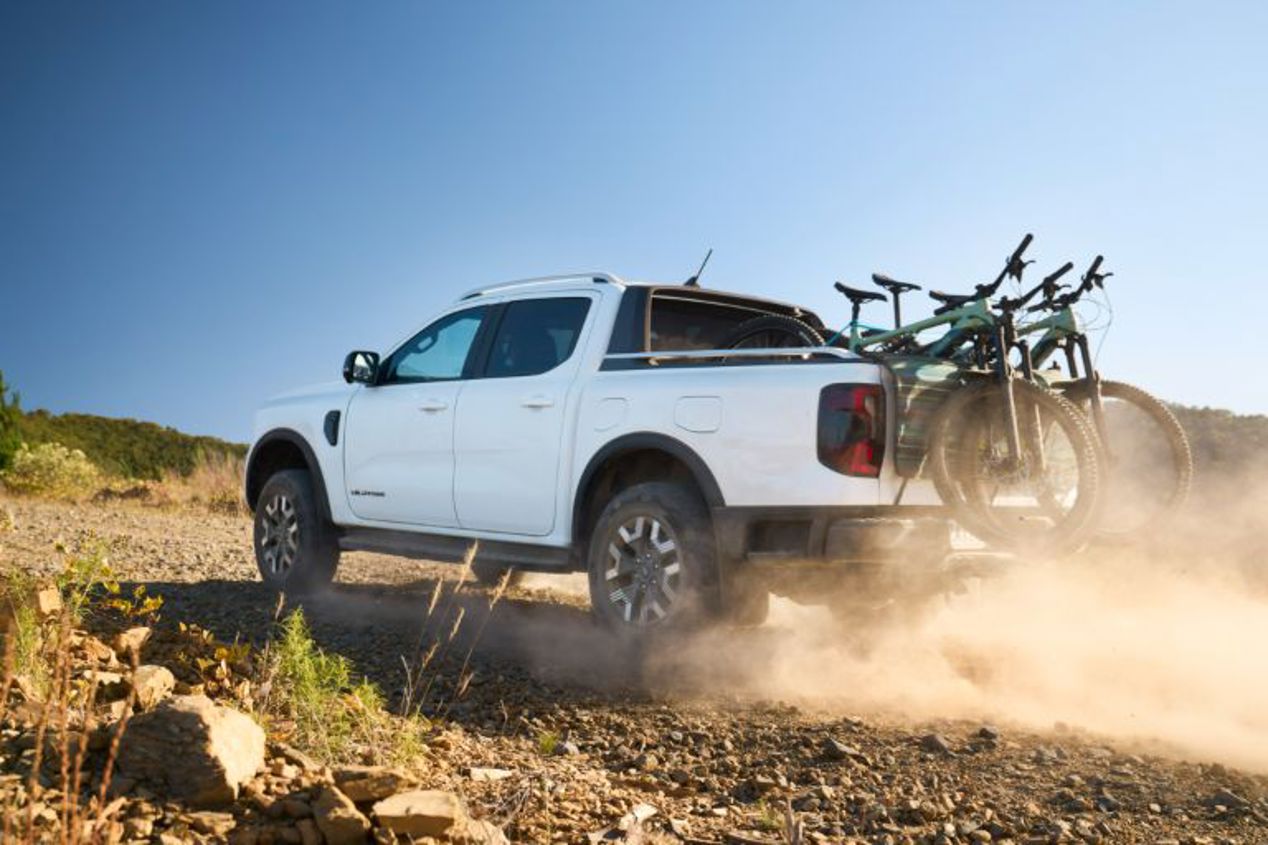
While accepting that some Ranger owners do a lot less daily driving and some a lot more, Ford points to the versatility of the hybrid system; the battery can be charged by the engine if needed and the Pro Power Onboard system gives powerful vehicle-to-load options for worksites or leisure use.
"We want to have a breadth of engine options," says Millar. "The reason for that is so customers can select what works for them. This is an addition to our range, and we continue to offer the full lineup of [other] engines and transmissions."
What we know about Ranger PHEV so far
The lineup will consist of three versions at launch this month: an XLT at $82,990, Wildtrak at $89,990 and a new flagship called Stormtrak at $94,990. The XLT and Wildtrak represent premiums of $15,500 and $13,000 over their respective 2.0-litre turbo-diesel equivalents, or just $5000 if we're talking about the Wildtrak 3.0-litre V6.
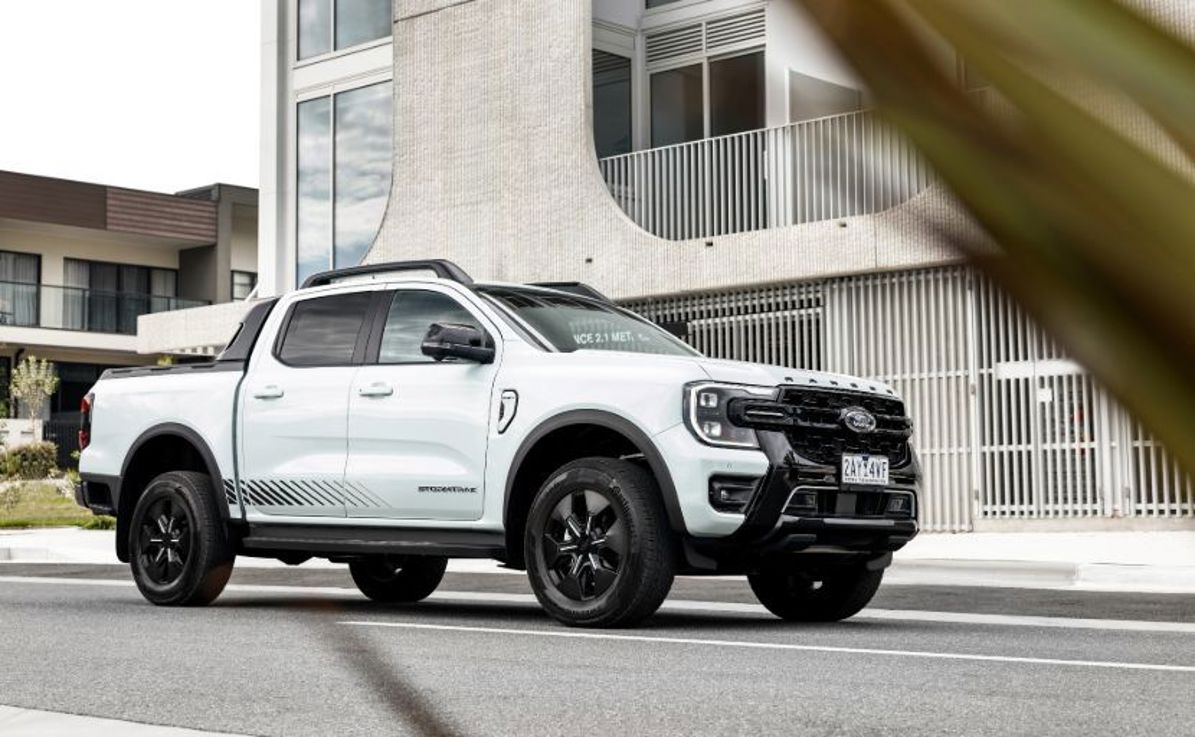
The V6 is a valid comparison in some respects, because the 2.3-litre turbo-petrol/electric PHEV powertrain produces more torque than any other Ranger, with a combined output of 697Nm (V6 turbo diesel 600Nm, Raptor petrol V6 583Nm).
Combined power from the 138kW engine and 75kW electric motor is 207kW. As with other Rangers, the transmission is a 10-speed automatic and the PHEV features the 4A automatic-AWD mode (suitable for on-road driving) offered on the V6 models and special-edition 4-cylinder versions like Wildtrak X and Tremor. It also has the Sport drive mode previously only offered on the Raptor.
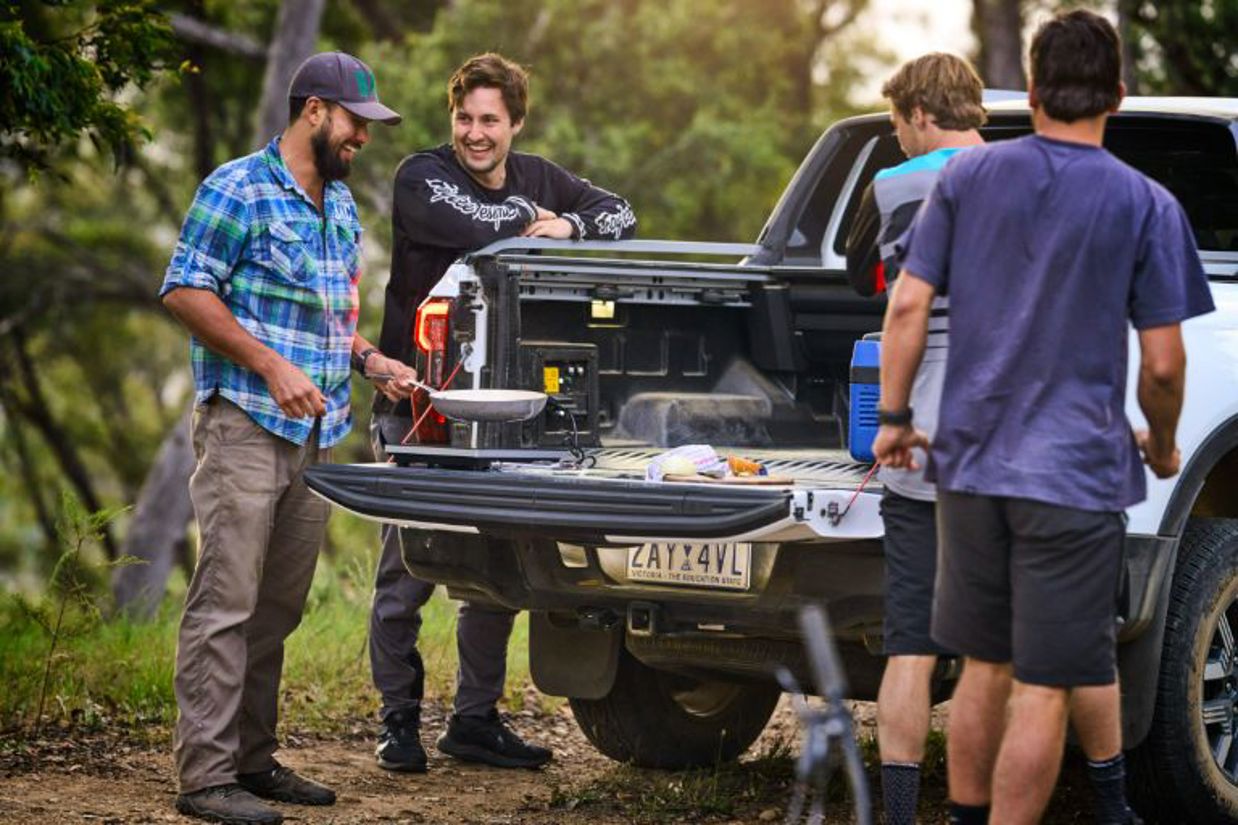
Aside from cleaner running, one of the big brags for the Ranger PHEV is Pro Power Onboard, which allows owners to use the 11.8kWh to power external devices (tools or camping equipment, for example).
Every variant in NZ comes with the 6.9kW system as standard. There's a single 10-amp, 2.3kW socket in the cabin, and twin 15-amp, 3.45kW sockets in the tray.

“Pro Power Onboard is a game changer for Ranger owners,” says Phil Millar. “Now, instead of having to carry a heavy generator or batteries that take up precious room and can often be very noisy, a Ranger PHEV owner can plug virtually anything they might want to power directly into the vehicle itself.
“With 15-amp sockets in the tray, that’s equivalent to having a powered caravan park site with you anywhere you might want to explore... We’ve engineered Pro Power Onboard for maximum convenience in real-world situations. It functions with the car locked and when it is plugged in to charge, plus if the battery should deplete completely the 2.3-litre EcoBoost then kicks in to keep everything running.”
Ranger PHEV can run in four different drive modes: Auto EV, EV Now and EV Later (which holds the battery at its current state of charge). It retains a 3500kg tow rating and up to 973kg payload on the XLT; Wildtrak and Stormtrak are rated at 885kg and 808kg respectively.
Ranger PHEV also has a unique design of tray inner which is slightly longer than the regular dual-cab Ranger, now just over 1600mm. Why? Because it mounted 31mm higher in the PHEV to make room for the battery, and Ford wants to stand proud and say there is absolutely no compromise in tray size (or anything else).

